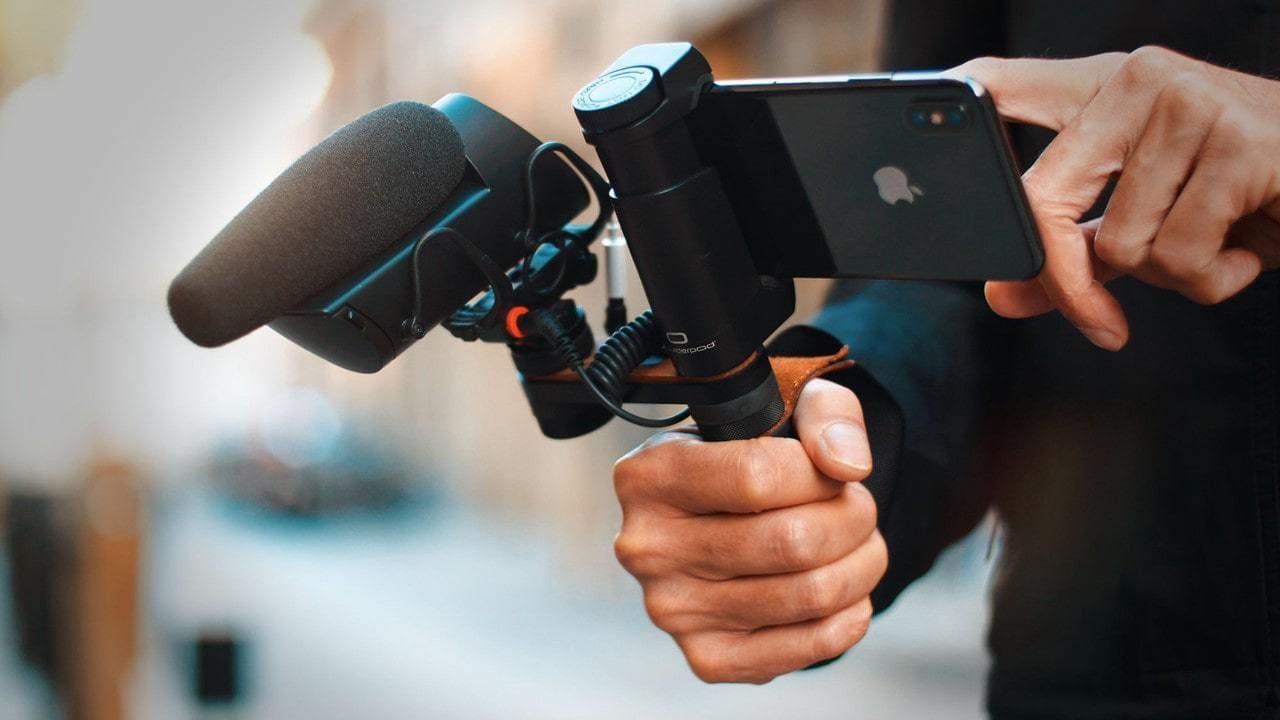It’s likely that you’re at least a little bit of a gearhead when it comes to your photography. Taking pictures is one thing, but the way they turn out can be impacted by so many different factors – your camera, lens, tripod, and more. In this article, we are going to explore some gadgets that can help you take the next step in becoming a better photographer!
Camera: DSLR vs. Point-and-Shoot
When it comes to photography, the debate between DSLR and point-and-shoot cameras is always a hot topic. So, which is better? DSLR or point-and-shoot?
DSLR cameras are definitely the more popular choice among professional photographers and those who are serious about photography. They offer superior image quality, more manual controls, and interchangeable lenses. However, they can be quite expensive and bulky, making them less ideal for everyday use.
Point-and-shoot cameras, on the other hand, are much smaller and more affordable. They’re also easier to use, making them a good option for beginners or anyone who doesn’t want to deal with the hassle of learning how to use a DSLR. However, they typically don’t offer the same level of image quality or manual controls as DSLRs.
So, which is better? It really depends on your needs and preferences. If you’re looking for the best possible image quality and want complete control over your photos, then a DSLR is the way to go. But if you just want something simple and easy to use that won’t break the bank, then a point-and-shoot might be a better option.
Light Sources: Standard Flash, Ring Light, Reflectors:
There are three main types of light sources used in photography: standard flash, ring light, and reflectors. Each has its own unique benefits and drawbacks that make it better or worse for certain types of photos.
Standard flash is the most common type of light source used in photography. It is typically attached to the camera hot shoe and fires when the shutter is released. Standard flash units are very affordable and easy to use, but they can produce harsh shadows and bright highlights.
Ring Light is a type of light that attaches around the lens barrel instead of on the camera hot shoe. Ring Light emits a uniform, circular light that can be very flattering for close-up portraits.
Reflectors are reflective surfaces that bounce light back onto the subject. Reflectors come in a variety of shapes and sizes, but they all serve the same purpose: to soften shadows and add dimension to the photo. They can be used with any type of light source, but they work best with natural light.
Tripods and Monopods:
Camera tripods and monopods are a must-have for any photographer. They provide stability and allow you to capture sharp images, even in low-light situations.
There are a variety of tripods and monopods on the market, so it’s important to choose one that’s right for you and your photography needs.
Consider The Following Factors When Choosing A Tripod or Monopod:
Weight:
Heavier tripods are more stable, but they can be difficult to carry around. If you plan on traveling with your tripod, choose one that’s lightweight and easy to transport.
Height:
Make sure the tripod or monopod is tall enough for you to comfortably use. You don’t want to be constantly stooping over while trying to take a photo.
Material:
Tripods and monopods are usually made from aluminum or carbon fiber. Carbon fiber is lighter than aluminum but more expensive. Choose the material based on your budget and needs.
Head Type:
The head is the part of the tripod that attaches to your camera. There are three main types of heads: ball heads, pan-tilt heads, and gimbal heads. Ball heads are the most popular because they’re easy to use and offer a wide range of movement. Pan-tilt heads are great for video because they allow you to smoothly pan and tilt the camera. Gimbal heads are perfect for long lenses because they keep the camera level, even when zoomed in.
Legs:
Most tripods have three legs, but some have four. Four-legged tripods are more stable, but they can be more difficult to set up.
Feet:
The feet of the tripod should be made from a material that won’t slip on your chosen surface. Rubber feet are ideal for most situations.
Price:
Tripods and monopods range in price from around $30 to $1,000 or more. Choose a tripod or monopod that fits your budget and needs.
Lenses: Standard Lens, Wide Angle Lens, Telephoto Lens
There are three main types of camera lenses: standard, wide-angle, and telephoto. Each has its own strengths and weaknesses, so it’s important to know which one is right for the type of photography you’re interested in.
Standard lenses are good for general-purpose photography, as they provide a natural field of view that closely resembles what the human eye sees. They’re also typically the most affordable type of lens, making them a good option for budget-conscious photographers. However, standard lenses can be limiting if you’re trying to capture wide landscapes or close-up details, as they don’t offer the same level of zoom as other types of lenses.
Wide-angle lenses are ideal for landscape photography, as they allow you to fit more of the scene into your frame. They also come in handy for architectural photography, as you can use them to get closer to your subject while still being able to fit everything into the shot. However, wide-angle lenses can distort images if used improperly, so it’s important to learn how to use them correctly before using them for important shots.
Telephoto lenses are perfect for Wildlife and sports photography, as they allow you to zoom in on your subject without getting too close. They’re also useful for portraits, as they can help you capture close-up details without making your subject feel uncomfortable. However, telephoto lenses are typically more expensive than other types of lenses, so they may not be the best option for budget-conscious photographers.
Filters: UV filter, Circular Polarizer Filter
As a photographer, you know that the right gadget can make all the difference in getting the perfect shot. And when it comes to filters, there are a few options that are essential for any gear-loving photographer.
UV filters are a must-have for protecting your lens from harmful UV rays. But they also have the added benefit of reducing glare and haze, which can be a problem when shooting outdoors.
Circular polarizer filters are another essential for any photographer who wants to get the most out of their shots. These filters help reduce reflections and glare, and can also enhance colors and contrast.
Digital Cameras and Accessories
Digital cameras have come a long way in recent years, and there are now some amazing models available on the market. Whether you’re a professional photographer or an amateur who loves to take photos, there’s a digital camera out there that’s perfect for you.
And of course, with any digital camera comes a whole range of accessories. From tripods and flashguns to lenses and filters, there’s no shortage of gear that you can buy to help improve your photography
In this article, we’re going to take a look at some of the best photography gadgets for gear-loving photographers. So whether you’re looking for your first digital camera or some new accessories to add to your collection, read on for our top picks.

